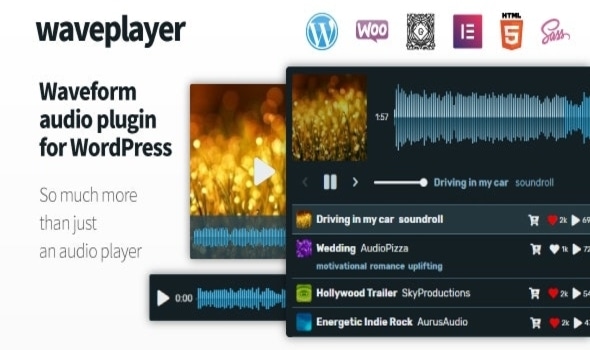

Multiple lives and the possibility to lose those lives.Animations for interactions with things on the map (exclamation point when talking to an NPC or the chest opening when the key is used).Different modes of movement (visually distinctive from one another).Display game over screen when quest is complete.Dialogue box is presented when attacking or choosing pill.More than 1 pill or attack to choose from.First map must be bigger than the screen and at least 50x50 tiles.Omni-mode button walks through walls and non-walkable items.Restrictive features in the game help to guide the player along in their quest. wav files, and uses a speaker to play those same. This system also uses an SD Card Reader to load in music. It also uses buttons as the main source for actions in the game, and different buttons specify different things that will happen in the game. This project utilizes an accelerometer that user movement in order to move the character around the game, along with a uLCD screen that displays the game. Built an embedded gaming system with peripherals for game functionality including an accelerometer, LCD screen, buttons, and SD card reader.
#MBED WAVEPLAYER CODE#
Add the blinking code of the LED in src/main.cpp to realize the. Created a quest-based RPG video game using C/C++ programming on an Mbed ARM-based microcontroller platform. + Search f411re + Select nucleof411re board and Mbed framework Figure Select Base On PlatformIO and Mbed Figure20 Create PlatformIO project Figure21 Select Mbed Step 1 Add LED Code The created nucleostm32f411rembed project is an empty project. #include "mbed.Embedded Systems Video Game Project Overview Demonstrating use of digital output and wait functions. ∗Program Example 2.1: A program which flashes mbed LED1 on and off. We then put a number of in-line comments these indicate what individual lines of code do. Notice also that we have introduced some blank lines, to make the program a little more readable. We adopt this practice in all subsequent programs in the book. The opening comment in the program, lasting three lines, gives a brief summary of what the program does. Alternatively, when two forward-slash symbols ( //) are used, the compiler ignores any text that follows on that line only this can then be used for comment. This is useful for a block of text information running over several lines. One is to place the comment between the markers /∗ and ∗/. There are two ways of inserting comments into a program, and both are used in this example. If using just the standard mbed analog output you will need to average the. This last point is essential for any sort of team-working, or if you are handing in work to be marked! A stereo wave player program can be developed by adding additional elements. It is good practice to introduce comments widely they help your own thought process as you write, remind you what the program was meant to do as you look back over it, and help others to read and understand the program. Remember to check across to Appendix B when you need further C background.Ĭomments are text messages that you write to yourself within the program they have no impact on the actual working of the program. Compare this with the original appearance of the program, shown in Chapter 2. This is shown again below for convenience, this time with comments inserted. We now take a look at our first program, introduced as Program Example 2.1.

#MBED WAVEPLAYER SERIAL#

2.2 Getting Started with the mbed: A Tutorial.1.3 Development Processes in Embedded Systems.1.2 Microprocessors and Microcontrollers.Embedded Systems, Microcontrollers and ARM PART I: Essentials of Embedded Systems, using the mbed.Digital Input and Output by Tim Wilmshurst, Rob Toulson Fast and Effective Embedded Systems Design


 0 kommentar(er)
0 kommentar(er)
